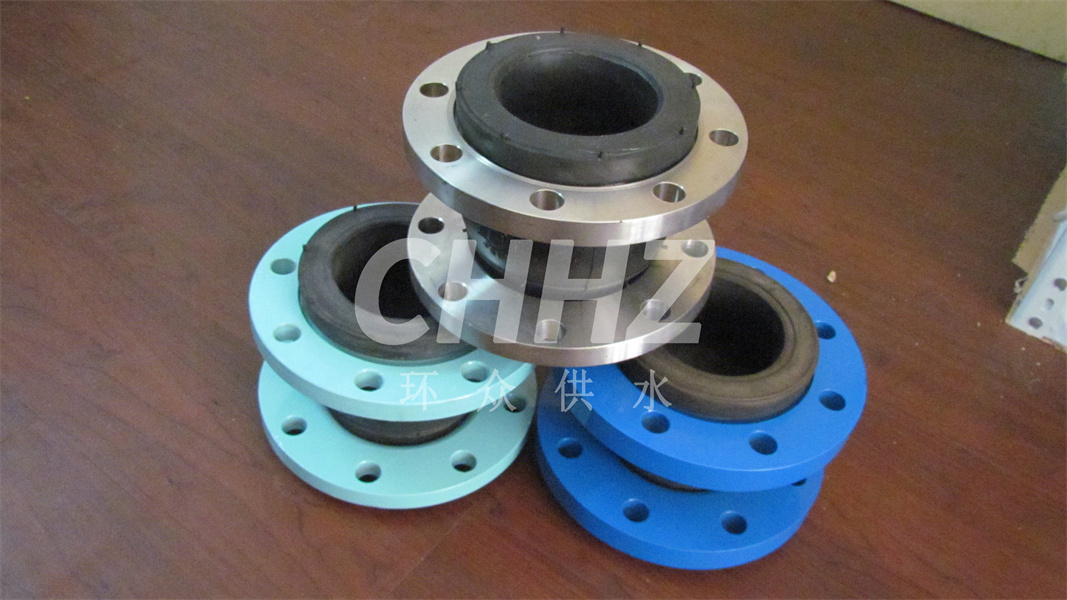The role of the inner layer of rubber expansion joint is important.
The requirements for the inner layer of rubber in the design of rubber flexible joints are very strict. The inner layer of rubber is the working surface of the transported medium. The goodness of the rubber determines the service life of the rubber expansion joint, and it should have good denseness, especially the high-pressure hose that conveys gas. It is better than having good adaptability to the conveying medium, such as oil pipeline requires swelling resistance, chemical pipeline requires corrosion resistance, mud and sand pipeline requires abrasion resistance, food pipeline requires non-toxic and tasteless, so that the rubber hose joint has certain elasticity, softness and aging resistance.
Rubber expansion joint inner layer rubber choice is based on natural rubber and styrene-butadiene rubber, or use natural rubber, styrene-butadiene rubber, paraben rubber and use; can also use rubber-plastic blend, and can use the appropriate amount of recycled rubber.
Reinforcement filling system: reinforcing agent can be high wear-resistant carbon black, semi-reinforcing carbon black, general carbon black and use, usually the comprehensive performance of the two together is better.
The vulcanization system usually adopts the traditional vulcanization system of sulfur yellow and accelerator. The amount of sulfur yellow is 1.5~2.5 parts, and the promoter is better with thiazoles and sulfonamides. Softeners: petroleum-based softeners such as heavy oil, motor oil, pine tar and solid softeners such as asphalt and petroleum resin are used, which is more effective. Rubber soft joint protection system Amine antioxidant such as antioxidant A is appropriate.
